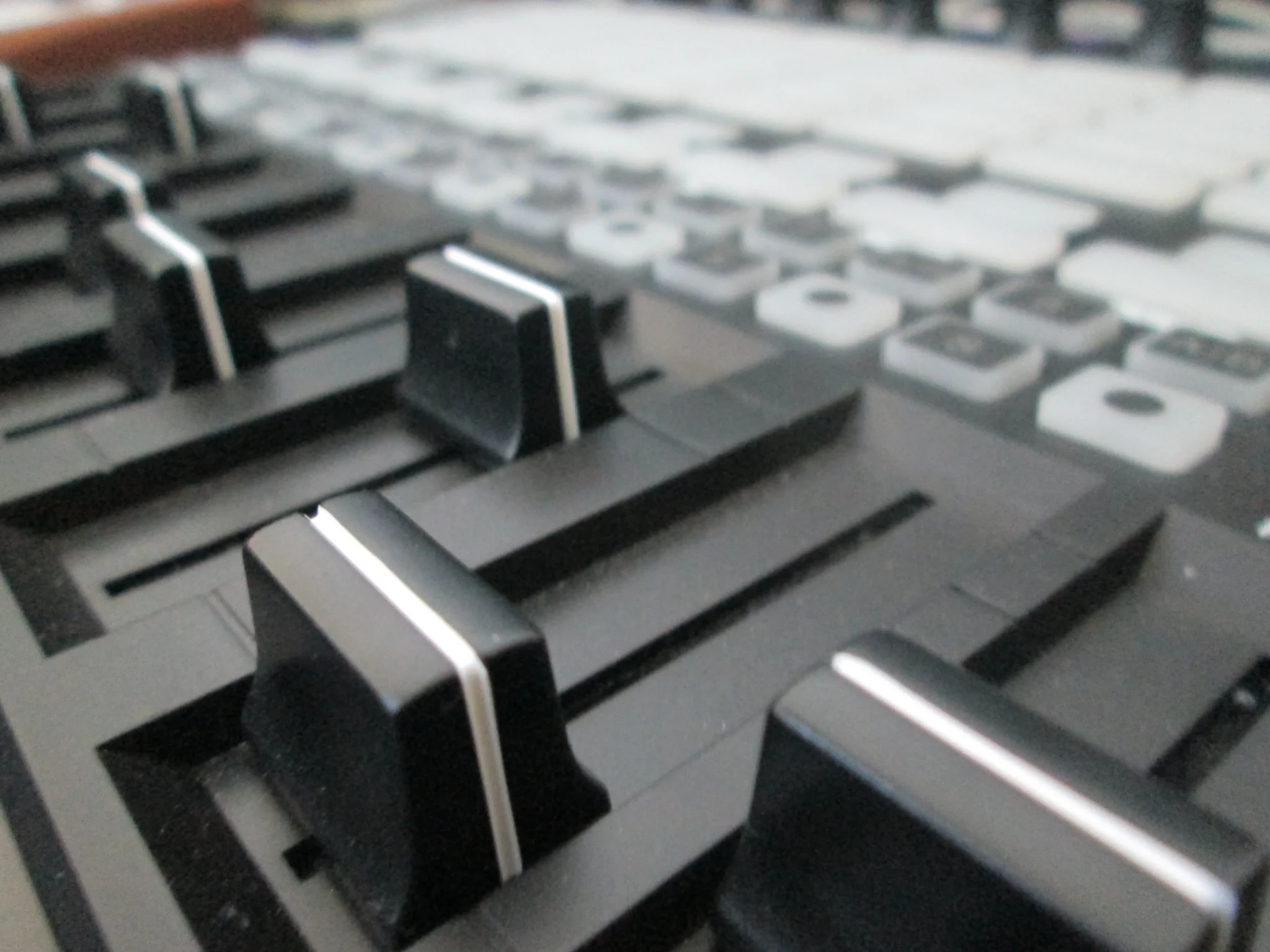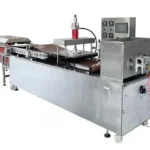What is Anechoic Coating and How Does It Improve Acoustic Performance?

Sound control technology has revolutionized industries ranging from underwater defense systems to precision testing facilities. Anechoic coating stands out as one of the most effective solutions for managing acoustic environments, representing a specialized material engineered to minimize sound reflection and optimize acoustic performance. This advanced coating technology addresses critical challenges in sound management that conventional materials cannot solve.
Modern acoustic engineering demands precise control over sound behavior in specialized environments. Submarines require stealth capabilities to avoid sonar detection, while audio equipment manufacturers need perfect testing conditions free from interference. Anechoic coatings provide the technological foundation for these demanding applications through their unique ability to absorb rather than reflect sound waves.
The Science Behind Anechoic Coating Technology
Anechoic coating incorporates viscoelastic materials containing meticulously designed internal acoustic structures. Unlike traditional surfaces that bounce sound waves back into the environment, these coatings trap and absorb acoustic energy through sophisticated physical mechanisms. The material composition includes specialized polymer layers that deform under acoustic pressure while maintaining structural integrity over extended periods.
The internal architecture features strategically positioned cavities, pores, and acoustic inclusions that function as sound traps. When sound waves penetrate the coating surface, these structures channel the acoustic energy through a maze of internal pathways. The energy gradually converts to heat through molecular friction, effectively eliminating the reflection that would normally occur at solid surfaces.
Advanced Material Engineering
Viscoelastic polymers form the backbone of anechoic coating technology, exhibiting both fluid-like and solid-like properties simultaneously. This dual nature allows the material to absorb energy from sound waves through controlled molecular motion and deformation. Manufacturers select specific polymer formulations based on their ability to dissipate acoustic energy across targeted frequency ranges.
Production processes create controlled porosity and internal structures designed to maximize sound absorption efficiency. Engineers precisely control the size, shape, and distribution of internal features to target specific acoustic frequencies. Advanced manufacturing techniques enable the creation of complex three-dimensional structures within the coating matrix, optimizing performance for particular applications and operating environments.
Optimization Through Thickness Control
Coating thickness directly correlates with acoustic performance characteristics across different frequency ranges:
- Low-frequency absorption: Requires thicker applications (typically 10-50mm) to accommodate longer wavelengths
- Mid-frequency performance: Achieved with moderate thickness (5-15mm) for balanced absorption
- High-frequency control: Effective with thinner coatings (1-5mm) due to shorter wavelengths
- Broadband solutions: Multi-layer systems combining various thicknesses for comprehensive coverage
Performance optimization requires balancing acoustic requirements with practical constraints, including weight, cost, and installation complexity. Computer modeling and extensive acoustic testing determine optimal configurations for specific applications. This scientific approach ensures anechoic coatings deliver maximum effectiveness within operational parameters.
Mechanisms of Acoustic Performance Enhancement
Anechoic coating fundamentally alters how surfaces interact with sound waves by prioritizing absorption over reflection. Traditional hard surfaces reflect 90-95% of incident sound energy, creating echoes and reverberations that compromise acoustic clarity. Advanced anechoic coatings can absorb up to 99% of incident sound energy across target frequency ranges, dramatically reducing unwanted acoustic reflections.
Sound absorption occurs through multiple simultaneous physical processes within the coating structure. The viscoelastic base material provides primary damping through molecular friction as polymer chains respond to acoustic pressure variations. Secondary absorption happens within internal cavities and pores that create resonant chambers tuned to specific frequencies.
Reflection Control and Echo Elimination
The dramatic reduction in sound reflection creates acoustically clean environments with minimal interference from unwanted noise. Testing facilities utilize this capability to establish controlled conditions where precise measurements can be obtained without contamination from the reflected sound. Anechoic chambers coated with these materials achieve noise floors approaching theoretical limits, enabling the detection of extremely quiet sounds.
Military applications benefit significantly from reflection control capabilities. Naval vessels equipped with anechoic coating reduce their acoustic signatures by orders of magnitude, making detection by enemy sonar systems exponentially more difficult. This acoustic stealth advantage can determine mission success in hostile environments where sound detection means discovery.
Comprehensive Vibration Management
Beyond airborne sound absorption, anechoic coatings provide substantial vibration-damping benefits through their viscoelastic properties. Mechanical vibrations that would otherwise propagate through structures encounter significant resistance when passing through coated surfaces. The material converts vibrational energy into heat through internal friction, reducing the amplitude and preventing transmission to connected structures.
This dual functionality makes anechoic coating particularly valuable in applications requiring both airborne and structure-borne noise control. Industrial machinery, aircraft engines, and marine propulsion systems all generate vibrations that can create secondary noise problems. Anechoic coatings address both the original source vibrations and resulting acoustic emissions simultaneously.
Frequency-Specific Performance Characteristics
Anechoic coatings can be engineered to provide optimal performance across predetermined frequency ranges through careful material selection and structural design. Low-frequency absorption typically demands thicker coatings with larger internal structures to accommodate longer wavelengths. High-frequency performance can be achieved with thinner applications featuring smaller, more densely packed absorption structures.
Advanced multi-layer coating systems provide broadband performance across extended frequency ranges by combining different absorption mechanisms within a single application. Each layer targets specific frequency bands, creating comprehensive coverage from very low frequencies up to the ultrasonic range. This approach maximizes acoustic performance while minimizing overall thickness and weight.
Diverse Applications Across Industries
Military and Defense Systems
Underwater vehicles represent the most demanding application environment for anechoic coating technology. Nuclear submarines, diesel-electric submarines, and autonomous underwater vehicles all rely on acoustic stealth for operational effectiveness. Modern naval warfare increasingly depends on sonar detection capabilities, making acoustic signature reduction a critical survival factor for underwater platforms.
Surface vessels also benefit from anechoic coating applications, particularly in engine rooms and machinery spaces, where noise reduction improves crew comfort and reduces detection risk. Military aircraft incorporate these coatings in engine compartments and internal surfaces to minimize both internal noise levels and external acoustic signatures.
Scientific Research and Testing
Anechoic chambers represent perhaps the most visible application of this technology, creating sound-free environments essential for acoustic research and product development. These specialized facilities enable researchers to study sound behavior without interference from reflected energy, leading to advances in audio technology, noise control, and acoustic understanding.
Key applications in research facilities include:
- Loudspeaker development and testing: Precise measurement of frequency response and directional characteristics
- Automotive acoustic engineering: Engine noise analysis and cabin sound quality optimization
- Medical device testing: Ultrasonic equipment calibration and performance verification
- Architectural acoustics research: Material testing and room design optimization
Industrial and Commercial Implementations
Manufacturing facilities increasingly recognize anechoic coating benefits for workplace noise control and equipment performance optimization. Production environments with high noise levels can achieve significant improvements in working conditions through strategic coating applications. The occupational health benefits of reduced noise exposure create compelling business cases for coating investments.
Commercial buildings utilize anechoic coatings in specialized spaces requiring precise acoustic control. Recording studios depend on these materials to create neutral acoustic environments free from coloration caused by reflected sound. Conference facilities and auditoriums benefit from improved speech intelligibility achieved through reflection control.
To Sum Up
Anechoic coating technology represents a sophisticated solution to complex acoustic challenges across diverse industries. From underwater stealth systems to precision measurement facilities, these specialized materials provide capabilities that conventional approaches cannot match. Understanding the science behind anechoic coatings and their practical applications enables informed decisions about acoustic management strategies in demanding environments.

The Hidden Business Power of Storytelling Through Books

Diamond Painting Apps & Digital Tools for 2025 Artists

Meeting Global Tastes: The Versatility of Commercial Tortilla Makers

Accelerating drug discovery through the DEL-ML-CS approach

AI in Marketing Is No Longer a Buzzword — It’s the Strategy

The Full Guide To Penetration Testing

Pixel 10 Pro Fold Case: Why Choose Aramid Fiber?

MT4 for Mac vs Windows: Which Version Works Better for Traders








